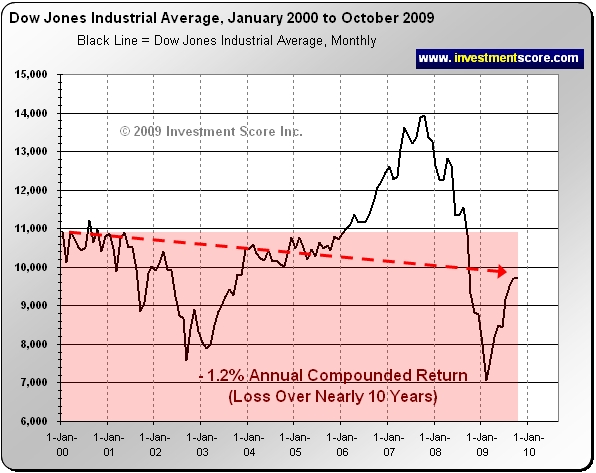Lenders Behaving Badly
June 18th, 2010Professor Brent T. White from The University of Arizona Law School has followed up his report issued last fall regarding troubled loans. Prof. White personally communicated with more than 350 individuals regarding their mortgage problems.
His new report raises a number of troubling issues, but none more so than the dissembling tactics of lenders.
Writes Prof. White, “The reason that many strategic defaulters struggle so long before deciding to default is that fear and anxiety are not typically enough in isolation to cause them to stop making payments. Rather such anxiety more frequently serves as a call to action, driving homeowners to try to do something about their situation – such as contacting their lender to try to work out a loan modification or a short sale.
“In fact, not a single strategic defaulter in the 356 accounts reviewed for this article reported having stopped paying their mortgages without first contacting their lender . . . Many underwater homeowners who seek help from their lenders, however, are turned away at the door. As one homeowner explains, ‘I called my lender and ask if I could discuss a loan modification and they said absolutely not.’ Lenders give numerous reasons for this, most commonly that homeowners are current on their mortgages.”
If you are current on your loan, regardless of the financial struggles to maintain the loan, you will never get your loan modified. “The fact being a ‘responsible’ borrower is the surest way not to get a loan modification can be a rude awakening for many homeowners.”
Prof White continues. “This is because most lenders don’t modify mortgages or agree to short sales for homeowners who might continue making their payments absent such accommodation. The best predictor that a homeowner will continue making payments is a good credit score and a past history of making their payments. Homeowners with such characteristics thus have little chance of getting help unless they first miss some payments, and they are frequently told this by the loan servicing personnel who take their calls.”
Worse yet, “The loan modification process turns out, however, to be immensely frustrating[.] Homeowners are frequently unable to reach anyone to discuss their applications’ status[.] Their paperwork is ‘lost’ repeatedly[.] They are treated rudely and lied to[.] Worse, after months of frustration, most homeowners learn that their lender is not willing to work with them after all.”
Prof. White is not exaggerating. I have yet to meet a borrower with anything positive to say about the loan modification process. As a society, we are not serious about helping borrowers with troubled home loans.
Brent T. White, Take this House and Shove it: The Emotional Drivers of Strategic Default (May 2010)













